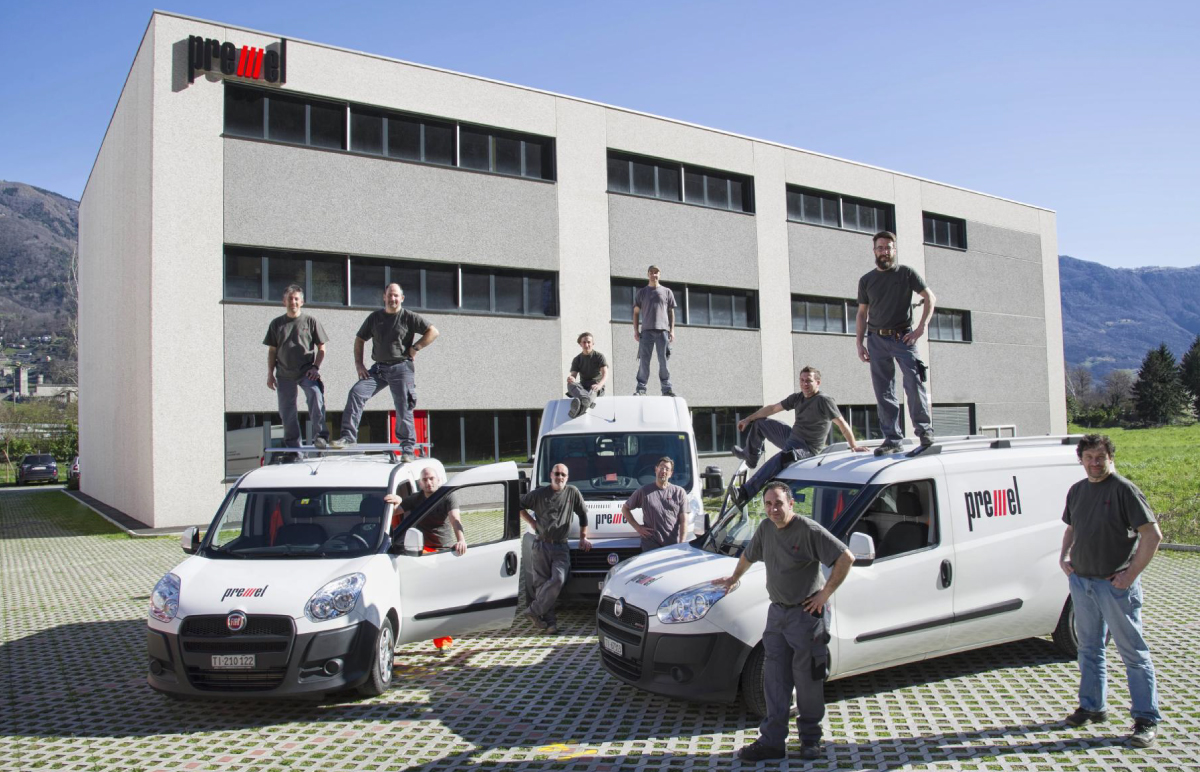There are road tunnels of varying lengths in different environments, facing different traffic expectations. Tunnel ventilation is a key aspect of any tunnel project, as it ensures safe and healthy conditions for drivers and workers. In this article, we’ll discuss the core aspects of road tunnel ventilation systems. Learn more here.
Importance of Tunnel Ventilation Systems
Tunnels that are more than 500m long need a ventilation system. A tunnel ventilation project would need to involve many professionals, including environmental engineers. However, the type of ventilation depends on the length of the tunnel and other factors. These systems serve the same purpose: renewing the air inside the tunnel. It does so by blowing fresh air in and removing the polluted air from its interior.
These systems must be able not only to handle standard traffic conditions but to accommodate sudden changes, like incidents inside the tunnel. Extreme weather conditions can also affect the driving conditions inside a tunnel, and it’ll also affect the air quality drastically. Careful program management can tell what kind of equipment is necessary for each project, as conditions may vary.
It isn’t a problem for short tunnels, which can rely on natural ventilation systems. In this case, air infiltrations and the so-called “piston effect” expel vitiated air by the airflow naturally created by the ongoing traffic. Quality engineering and some industrial automation are necessary for longer tunnels since the solution involves more complex projects and machinery to ensure safety performance.
Operation Principles for Tunnel Ventilation Systems
Road tunnel ventilation systems follow the basic principle of preventing the accumulation of gases inside them. These systems do so by either blowing fresh air in or extracting the vitiated air out via exhaust equipment. In both cases, industrial service and maintenance are required for installing such systems and keeping them in proper working condition. The best management services engineering industries also provide system maintenance to ensure it’s working efficiently throughout its warranty period and further as required.
The engineering involved in the construction of road tunnels has improved considerably over time. Combined systems, using both blowing and exhaust equipment, can ensure better air quality in longer tunnels. Additionally, modern vehicles have smaller emissions, thanks to more efficient control technologies concerning greenhouse gases. In more recent tunnel projects, they’ve been using a twin-tube system for unidirectional traffic that can easily handle congested traffic conditions.

Types of Ventilation Systems
Although there are several methods and equipment for tunnel ventilation, there are mainly two options. Each one with its particularities. Here’s how they work and where they’re usually needed.
Longitudinal Ventilation
Longitudinal ventilation is the simplest form of tunnel ventilation. It works by positioning fans along the tunnel, blowing hot and polluted air out while bringing in the cool and fresh air. Unidirectional tunnels can also count on the “piston effect” caused by the moving traffic, which naturally pulls out the air from inside the tunnel. However, the piston effect is considerably reduced in tunnels where traffic runs both ways.
In some cases, longitudinal systems can also include air extraction equipment at the portals. Such equipment is necessary for urban areas, where the concentration of pollutant gases around the tunnel entrances is unacceptable. Such extraction could be total (zero emission) or partial.
Transverse Ventilation
There are two types of transverse systems: full transverse ventilation and semi-transverse ventilation. The first option performs the complete exchange of the air inside of the tunnel with the fresh air from outside. Full transverse systems are most commonly found in old tunnels or where heavy traffic is expected.
Modern tunnels usually apply semi-transverse systems where there’s no need for a complete airflow replacement, as semi-transverse systems replace only part of it.
Tunnel Ventilation in Urban Areas
Urban areas impose different requirements for tunnel ventilation systems. The criteria for air quality control are much stricter in urban areas than in rural areas. In such cases, the vitiated air is treated inside the tunnel in order not to deteriorate the air quality near the tunnel entrances. Here are the main issues to consider:
Air Quality
Air quality is the most important criterion for any such project since it involves everyone around the tunnel, workers, drivers and nearby pedestrians. In fact, the air quality must be controlled both inside and outside the tunnel. Typically, the pollution is pulled out of the tunnel via shafts, keeping emission levels at the entrances low.

Portal Emissions
Long tunnels, such as the Linz (nearly 14km), in Austria, require special solutions concerning ventilation along the tunnel. Otherwise, it’s impossible to keep emission levels low at the portals. In Linz’s case, part of the vitiated air is expelled via stacks and shafts along the tunnel.
Additionally, some of the busiest tunnels use air exchange stations to handle emissions. The air quality can also be controlled at the portals using axial fans installed right before the exit. Such a solution is typically applied on transverse ventilation systems or where there’s excessive airspeed.
Road Tunnel Ventilation Equipment and Services From Premel
Since 1947, Premel has been among the main industrial equipment suppliers for a wide array of services in Switzerland and other countries. In 75 years of history, Premel has created a name and fame for its process automation and engineering solutions, becoming one of Europe’s main general electromechanical equipment suppliers.

The company provides applied engineering solutions for road tunnel maintenance and construction. You can count on Premel, its best quality policy and ISO 9001 standards to find complete engineering solutions for your tunnel ventilation projects. Here, you’ll find the right equipment for the technological successes of road tunnels of all sizes and lengths.
Premel is considered to be among the best global companies for power engineering, offering trained engineers and technicians that assist clients way beyond just sales. You can contact Premel and speak to one of the experts today to learn more about Tunnel ventilation from Premel and what they can offer you.
